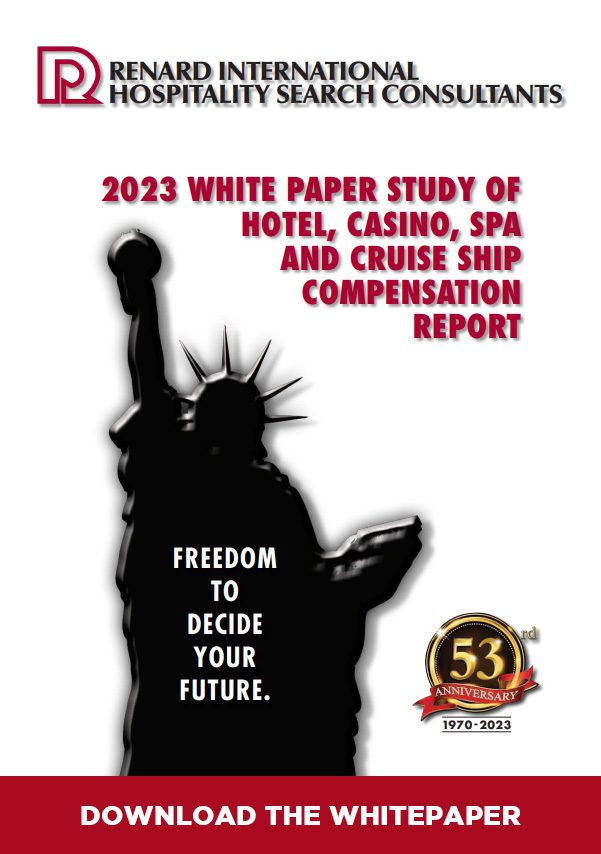By Nicole Di Tomasso
Lightspeed Commerce Inc. has debuted new features on its flagship hospitality platform, Lightspeed Restaurant, to help independent restaurateurs make data-driven decisions that boost efficiency and revenue. Revamped with modules such as Lightspeed Advanced Insights, Lightspeed Payments and integrations like OpenTable, Lightspeed Restaurant provides clear and actionable insights for operators to leverage, such as which menu items will turn a guest into a repeat customer.
“We’re always thinking about what insights we can give to restaurants to help them run more efficiently,” says Peter Dougherty, general manager of Hospitality at Lightspeed. “It’s important for operators to fully understand not only what’s happening in the front and back of house, but also what guests are ordering and what’s bringing them back.”
Among the new features is the Magic Menu Quadrant, which organizes menu items into four categories: Hidden Gems (low popularity, high retention rate), One-Hit Wonders (high popularity, low retention rate), Underperformers (low popularity, low retention rate) and Greatest Hits (high popularity, high retention rate).
“The Magic Menu Quadrant is a unique feature that divides everything on a restaurant’s menu into four quadrants: what sells, what doesn’t sell, top performers and hidden gems,” says Dougherty. “A hidden gem is something an operator might think doesn’t sell well, but actually drives guest retention. We believe that level of performance measurement and ability to bring all these data sources together is powerful and unique in the industry.”
Lightspeed’s POS system is well suited for full-service restaurants in particular. “FSR customers can get the most value out of Lightspeed,” says Dougherty. “When we build our software and think about its features and functionality, we always have the FSR profile in mind.”
Additionally, operators can choose from three pricing tiers. Dougherty says most customers opt for the middle plan, which includes customizable POS, menu manager, floor plans, advanced insights, integrated payments, takeout and delivery, single-view reconciliation, online and contactless ordering, advanced inventory management and more. For the front-of-house, Dougherty says the POS system is iOS based with a fixed iPad station. For mobile, Lightspeed provides a dedicated piece of hardware with a terminal built in that’s centred on an iPhone.
Now available in Canada, the U.S., the U.K., France, Belgium, the Netherlands, Switzerland, Germany and Australia, Lightspeed powers some of the world’s best restaurants, including Five Guys (Canada), Daniel Boulud Group (N.Y.), Alinea Group (Chicago) and Canlis (Seattle), among others.
“We believe in providing the best possible customer experience. By implementing the right operating system, it helps us to have better insight into the day-to-day operations of our restaurant. Having this system in place also provides a more in-depth, personalized experience to each of our valuable customers,” says Ricardo Province, general manager and co-owner of Boukan Edible Eats in Toronto.
To protect consumer data, Lightspeed Restaurant is regulated under the EU law, General Data Protection Regulation (GDPR), which gives individuals the right to ask organizations to delete their personal data. “Because we also operate in countries outside of North America, we’ve built our products with GDPR compliance in mind,” says Dougherty. “We hold ourselves to a high standard when it comes to handling and protecting consumer data.”
Overall, while there will always be a need for a personal touch, embracing technology is paramount to run a successful business and maintain a competitive edge in the ever-evolving foodservice landscape. In Lightspeed’s 2022 Global State of the Hospitality Industry report, 12 per cent of industry survey respondents said they adopted new technology to streamline shifts (new POS or management software), which is an increase of seven per cent compared to 2021. Additionally, 21 per cent of restaurant owners brought online ordering in house to avoid third-party fees. The majority of fast casual (60 per cent), multi-location (88 per cent), fine dining (57 per cent), upscale casual (76 per cent) and cafes/bakery (61 per cent) businesses in Canada said they expanded online ordering in the last year.
“The restaurant industry has always been focused on the guest experience. But, the industry has been one of the slowest to adopt modern technology,” says Dougherty. “For independent restaurateurs in particular, we now have the tools, which aren’t too expensive, to help their businesses thrive. Roughly five years ago, these tools were something only major corporations had access to, but they have now completely transformed the independent restaurant space, and we’re excited to be a part of it.”


















